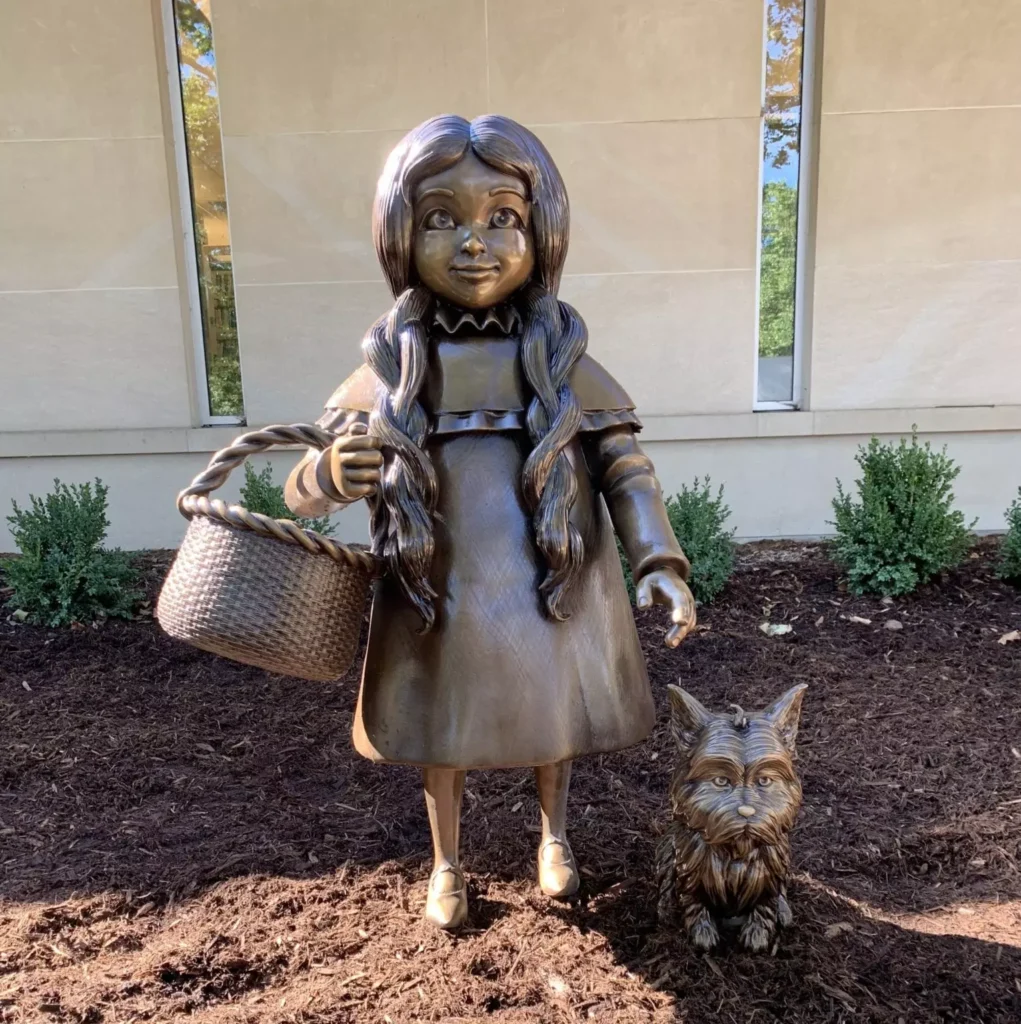When the Coral Gables City Commission meets on June 10, it will face decisions that stretch beyond routine governance. While some items—like sewer lateral repairs and a million-dollar federal grant—are rooted in necessity, others center on aesthetics, power, and public values. What appears on the agenda as a blend of infrastructure and formality is, in truth, a meditation on identity. Each vote reflects not only what Coral Gables does but what kind of city it wants to be.
The most tangible proposal is a shift in who maintains sewer laterals—the underground pipes connecting private homes to the public wastewater system. The proposed ordinance, sponsored by Mayor Vince Lago, would transfer responsibility to the city for portions of these laterals located in the public right-of-way. The measure could relieve some homeowners of expensive repairs and signal a shift toward more collective responsibility for aging infrastructure. In a city where property values are high and expectations of municipal services are equally elevated, the proposal could recalibrate the contract between citizen and state. It also aligns Coral Gables with several nearby municipalities that have adopted similar standards.
But Tuesday’s docket isn’t only about what lies beneath the surface. It also includes a resolution to bypass competitive bidding rules to purchase bronze statues of Dorothy, Toto, and the Tin Man for installation in the soon-to-be built Dorothy Thomson Park. The artwork, designed by Brodin Studios, would serve as a tribute to Coral Gables’ first female mayor and reflect the city’s deepening investment in public art.
To some, it may feel like whimsy with a high price tag. To others, it’s a legacy project that reinforces the city’s architectural and cultural sensibility. The symbolism is unmistakable: as Coral Gables approaches its centennial, even its parks are telling stories—through characters, materials, and artistic intention.
A similar symbolism underlies the proposal to grant volunteer board members free access to city pickleball courts. While the cost is negligible, the gesture reinforces a tiered sense of civic engagement. Supporters say it honors public service. Critics may ask whether it subtly privileges insiders in a city where access to power often travels through board appointments.
Among the most structurally consequential items is an ordinance that would give the mayor explicit authority to appoint city delegates to regional and international events. Framed as procedural housekeeping, the ordinance in practice expands mayoral power. While the mayor already acts as the city’s spokesperson, formalizing that role codifies influence. It also raises questions about checks and balances: Who speaks for Coral Gables and who decides?
Mayor Lago’s defenders might argue that clear leadership strengthens the city’s external voice. Detractors might see the move as a consolidation of influence—less about diplomacy, more about control. In either case, the proposal reflects a larger shift: Coral Gables is not content to be a bedroom community of Miami. It seeks a stage, a spotlight and a say in broader policy conversations.
That desire is echoed in several other agenda items. A proposed zoning code update would regulate the use of artificial turf, a small but symbolic battleground in the city’s evolving conversation about aesthetics, sustainability, and environmental health. Vice Mayor Rhonda Anderson is revisiting her long-running effort to ban gas-powered leaf blowers—equipment widely criticized for their noise and emissions but still popular among landscapers. While the city has led on plastic bans and tree protection, it has lagged behind other municipalities in the region like Miami Beach and Palmetto Bay in adopting such environmental measures.
Also on the agenda is a $1 million federal grant from the High Intensity Drug Trafficking Areas program, a renewed lease agreement with the Miami-Dade County Tax Collector, and an update on beautification efforts around City Hall. Yet it’s the seemingly minor or symbolic items—statues, perks, titles—that offer the clearest lens into the city’s current political priorities.
No item captures that better than the more than two dozen board appointments scheduled for Tuesday. Though often overlooked, these appointments wield real influence. They shape everything from zoning advice to cultural programming and serve as pipelines for future commissioners, civic leaders, and decision-makers. The nominees—some from the mayor, some from the city manager, and others from local institutions—reveal where power flows and who is trusted to steward the city’s vision.
The meeting will open with proclamations and commendations—rituals that seem ceremonial but serve to establish mood and reinforce civic pride. From there, the commission will turn to business. What emerges from the agenda is not simply a list of tasks, but a portrait of a city negotiating its values.
Coral Gables today is managing not just pipes and parks but meaning and perception. It is simultaneously looking inward—toward its residents, institutions, and traditions—and outward, toward its place in a changing region. In the convergence of the practical and the poetic, from sewer lines to the yellow brick road, Coral Gables reveals the quiet drama of local governance.






This Post Has One Comment
The resolution to give Board and Committee members free pickleball courts is NOT special treatment for public-serving pickleball players. Rather, it is to put pickleball courts on the same benefit level as Biltmore and Salvadore Tennis Courts, the Golf at Granada and Biltmore courses, entrance to Venetian pool ,and Youth Center Fees. (See Ordinance Number 2-52 Section H, Pass Policy for Board members).